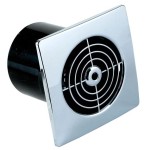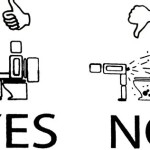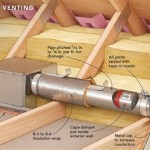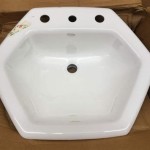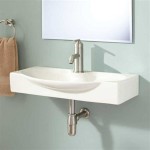How to Remove a Bathroom Countertop
Removing a bathroom countertop is a manageable DIY project that can significantly update the look of a bathroom. While the process requires careful execution, homeowners with basic DIY skills can typically complete the task with the right tools and a methodical approach. This article outlines the steps involved in removing a bathroom countertop safely and efficiently.
1. Gather Necessary Tools and Materials
Before beginning the removal process, gathering all necessary tools and materials in one place is crucial. This ensures a smooth workflow and avoids interruptions. Essential items include:
- Safety Glasses
- Work Gloves
- Putty Knife
- Utility Knife
- Screwdriver (Phillips and flathead)
- Reciprocating Saw (with metal-cutting blade)
- Hammer
- Pry Bar
- Drop Cloths or Plastic Sheeting
- Painter's Tape
- Bucket
- Shop Vacuum
2. Prepare the Work Area
Protecting the surrounding areas from damage during the removal process is essential. Start by turning off the water supply to the sink. This prevents accidental leaks during the disassembly. Next, cover the floor and any nearby cabinets with drop cloths or plastic sheeting. Secure the coverings with painter's tape to prevent slipping.
3. Disconnect Plumbing Fixtures
Disconnecting the sink's plumbing is a critical step. Place a bucket under the sink's P-trap to catch any remaining water. Carefully disconnect the P-trap and water supply lines using a wrench or pliers. If the faucet is attached to the countertop, remove it following the manufacturer's instructions. For more complicated plumbing setups, consulting a professional plumber is advisable.
4. Detach the Countertop from the Cabinets
Most bathroom countertops are secured to the vanity cabinets with screws or adhesive. Begin by inspecting the underside of the countertop for any visible screws. If screws are present, remove them using the appropriate screwdriver. For countertops secured with adhesive, carefully insert a putty knife between the countertop and the cabinet to break the seal. A reciprocating saw with a metal-cutting blade can be used to cut through any metal clips holding the countertop in place. Work slowly and methodically to avoid damaging the cabinets.
5. Remove the Backsplash (if applicable)
If a backsplash is present, it will need to be removed before the countertop can be lifted. Backsplashes are typically attached with adhesive or caulk. Use a utility knife to score the caulk or adhesive along the top and side edges of the backsplash. Carefully insert a putty knife behind the backsplash and gently pry it away from the wall. If the backsplash is tiled, a hammer and chisel may be needed to remove individual tiles.
6. Lift and Remove the Countertop
Once all connections and attachments are severed, the countertop is ready for removal. Enlist the help of another person for larger or heavier countertops to prevent injury and damage. Carefully lift the countertop from the cabinets, ensuring not to scrape against walls or other fixtures. If the countertop is still stuck, recheck for any remaining screws or adhesive. Once free, carefully carry the countertop out of the bathroom and dispose of it appropriately.
7. Clean the Work Area
After the countertop is removed, thoroughly clean the work area. Remove any debris, dust, or leftover sealant. Use a shop vacuum to collect loose particles and a damp cloth to wipe down surfaces. This prepares the area for the installation of the new countertop.
8. Inspect and Repair Cabinets (if necessary)
Before installing a new countertop, inspect the cabinets for any damage that may have occurred during the removal process. Look for loose screws, damaged wood, or water damage. Repair any issues before proceeding with the new countertop installation. This ensures a stable and level surface for the new countertop.
9. Prepare for New Countertop Installation
With the old countertop removed and the cabinets inspected, the area is prepared for the new countertop. This includes taking accurate measurements of the space and ordering the appropriate size and style of countertop. Ensure the new countertop is compatible with the existing plumbing and fixtures. Following these steps will ensure a successful countertop removal and pave the way for a refreshed bathroom space.

Replace Vanity Top And Faucet Diy Network

How To Remove A Countertop From Vanity Decor Adventures

How To Remove Replace A Vanity Top Easy Bathroom Sink Remodel

How To Replace A Bathroom Countertop Homeadvisor

How To Remove Replace A Vanity Top Easy Bathroom Sink Remodel

How To Remove A Countertop From Vanity Decor Adventures

How To Diy Remove Replace A Bathroom Vanity Countertop What Not Do Yep I Broke It

How To Remove A Countertop From Vanity Decor Adventures

5 Easy Steps On How To Remove A Bathroom Vanity Diy Guide

How To Remove A Countertop From Vanity Decor Adventures
